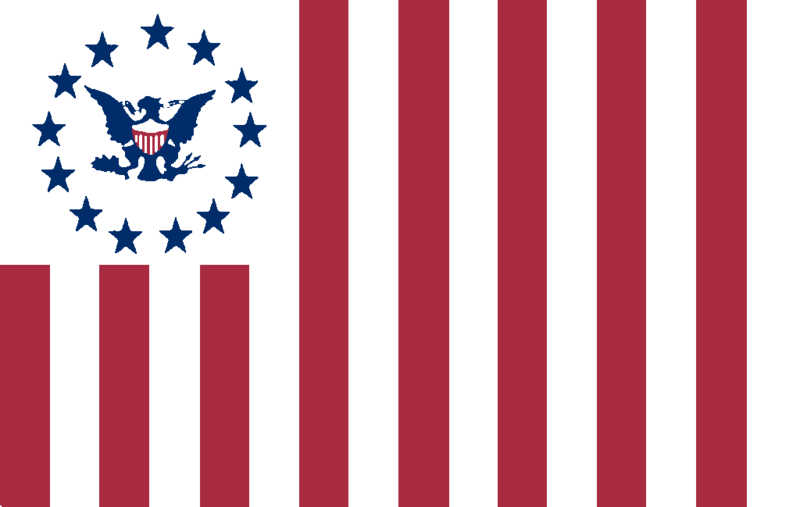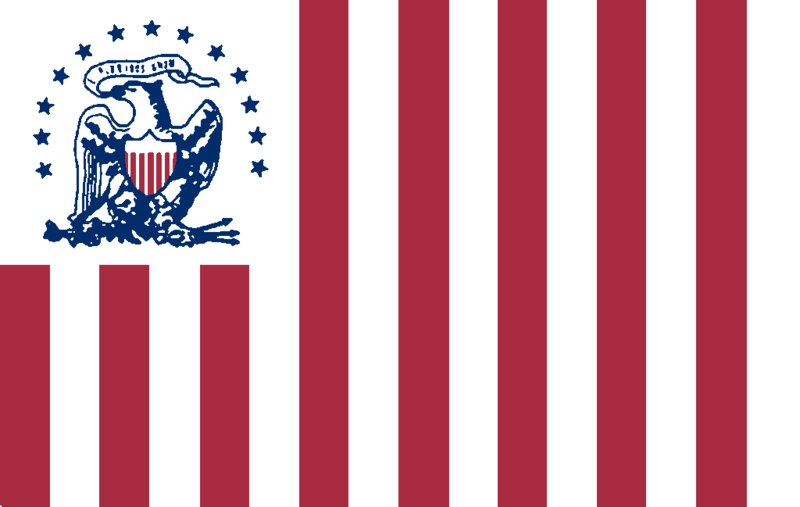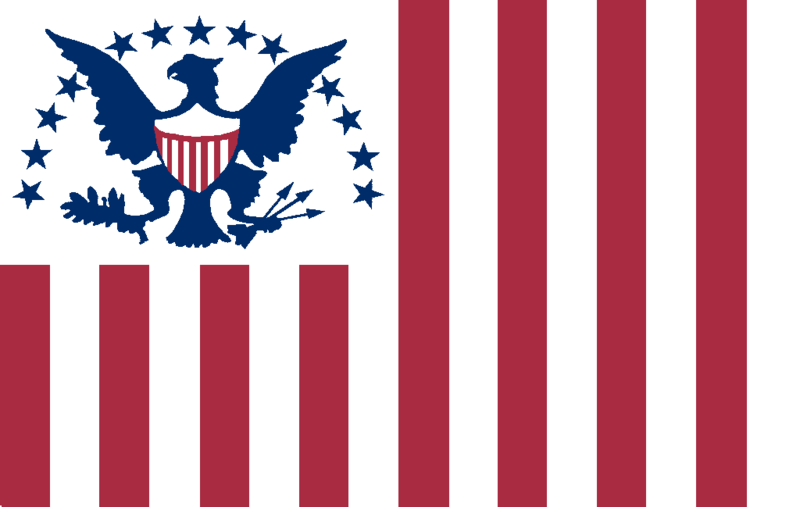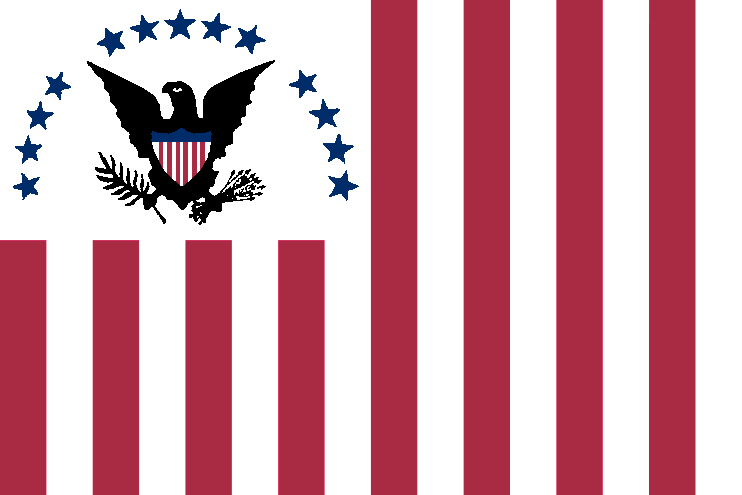At just 32 years old, Alexander Hamilton was faced with a difficult situation. The American Founding Father was responsible for the United States’ entire treasury during difficult financial times—a result of America’s long fight for liberty. Keenly aware of the need to protect the young nation’s customs revenue, maintain safe coastal waters, and fight back against illegal trading and piracy, Hamilton had a big job ahead of him. But he knew that achieving these goals would be an important step toward establishing a firm financial foothold.
Hamilton set forth to establish a service that would patrol the nation’s coastal waters, protecting an important source of revenue: import tariffs. He presented this idea to Congress in a bill described as “An act to regulate the collection of the duties imposed by law on the tonnage of ships or vessels, and on goods, wares, and merchandise imported into the United States.” The bill went on to lay out many of the plan’s details, including ship size (large enough to avoid any trouble navigating the coastal waters, even in winter), and the need to keep the project economical amidst the financial crisis.
In 1790, his plan was made a reality, and the Revenue Cutter Service (Revenue Marine) was born. It has served in one form or another ever since.
Although officially part of the Treasury organization, the Revenue Cutter Service was always considered part of the military. Revenue cutters became known for their versatility, proving themselves time and time again—while they may have been established to enforce import duties, they made their name fighting pirates and battling for their country in almost every war.
Through it all, they were known for their namesake vessel: the cutter. Designed for speed instead of capacity, a cutter was able to travel into shallow water, making it ideal for patrolling the coastline.
The Revenue Cutter Service still exists today as part of the Coast Guard (a 1915 act signed by President Woodrow Wilson merged it with another service to create the Coast Guard). Not surprisingly, the Coast Guard still refers to any of their vessels over 65 feet long as a cutter.
The Revenue Marine Ensign was used to distinguish the service from merchant ships. It was only used as a law-enforcement symbol—never as a parade standard.
Like the Revenue Cutter Services’ duties, the ensign evolved over the years. In total, there were four different versions of the Revenue Marine Ensign:
The 1836 ensign

The 1841 ensign

The 1867 ensign

The 1868 ensign

- Originally created as the Revenue Marine, it became known as the Revenue Cutter Service after being renamed in 1894.
- To pass the bill establishing the Revenue Marine, Alexander Hamilton had to promise members of Congress that the cutters would be constructed in the same areas in which they would be assigned.
- The United States Coast Guard includes the Revenue Cutter Service, which makes it the longest-acting military branch in the United States.
- For the first eight years of its existence, the Revenue Marine was the United States’ only armed maritime service.
- During wartime, the Revenue Cutter Service can be placed under the Navy’s command.
If you're looking for a replica of the Revenue Marine Ensign, you won’t have to wait long: Patriot Wood’s Wooden Revenue Marine Ensign will be available shortly. Drop us a line on the custom orders page if you're interested in getting a replica one of these wood flags for yourself—we’ll get in touch with you to work out the details.
Sign up to get more content like this delivered right to your inbox:





















